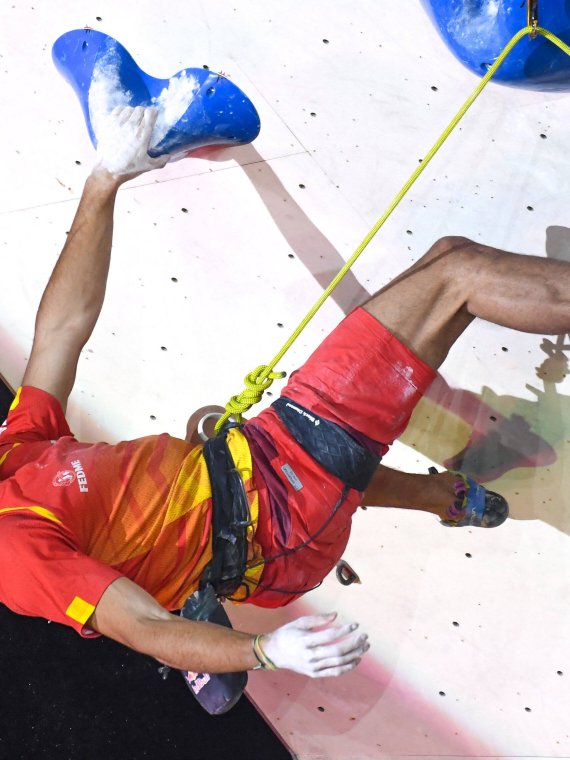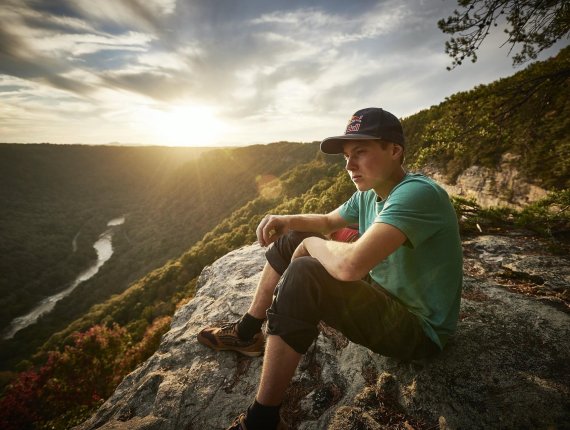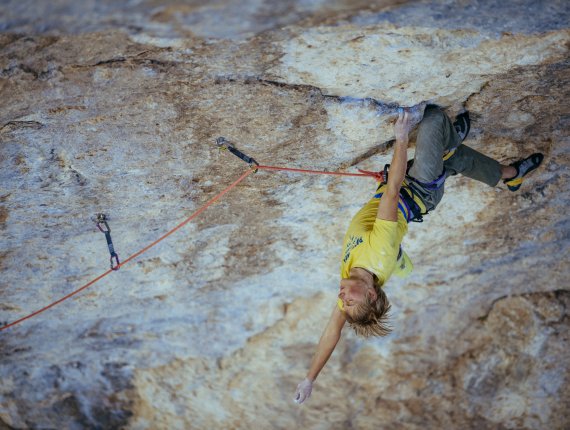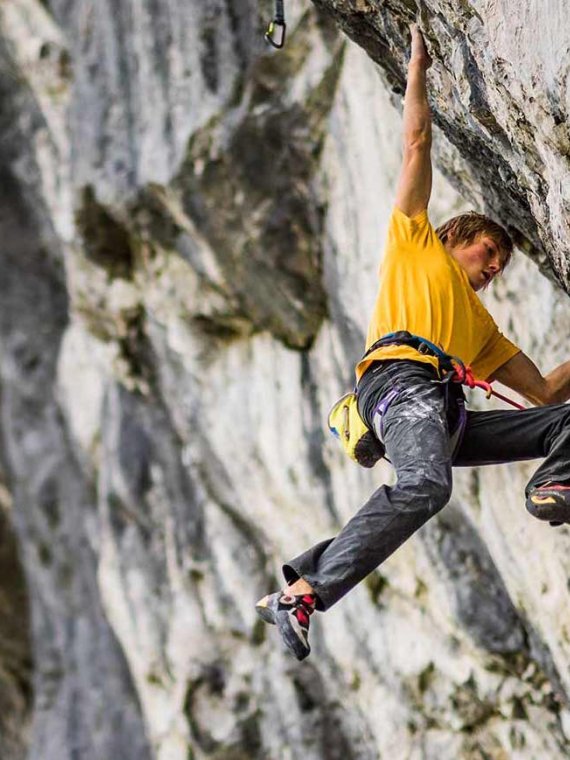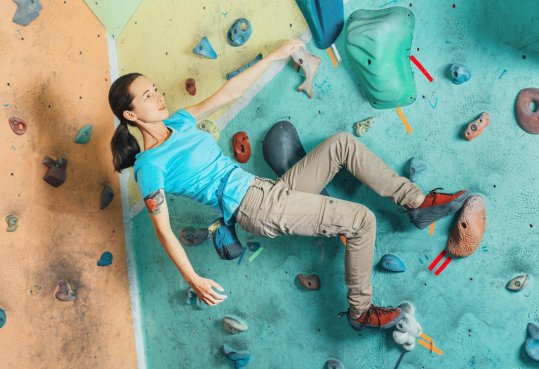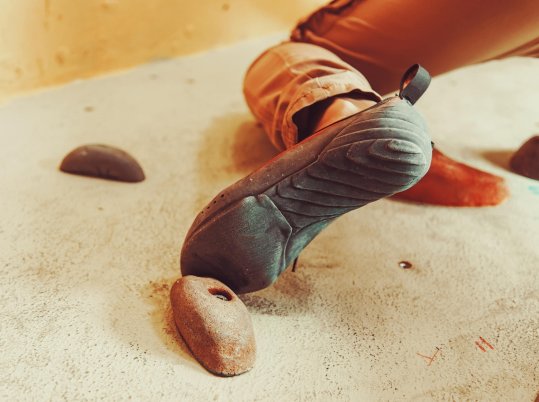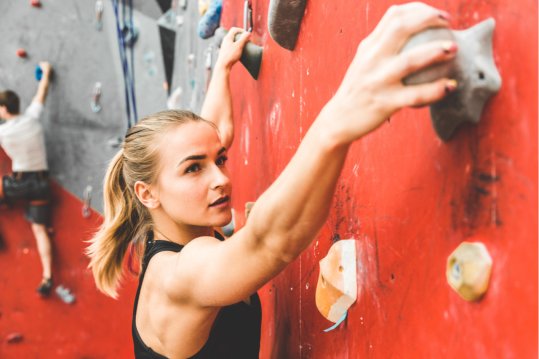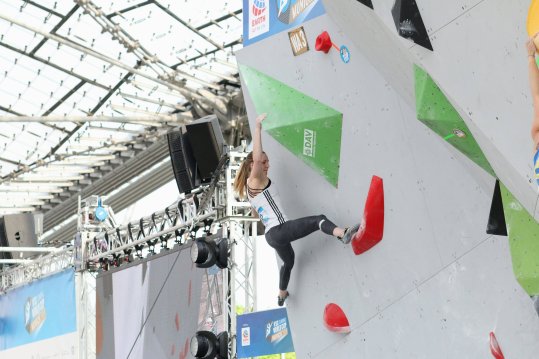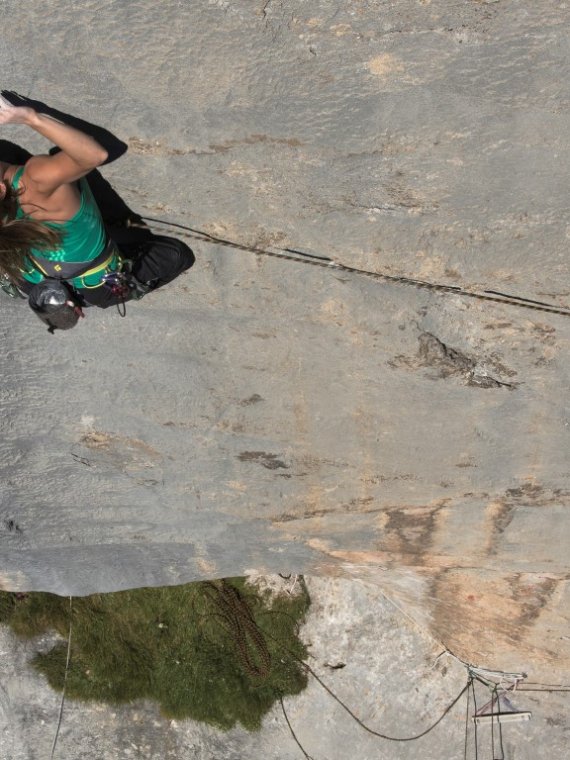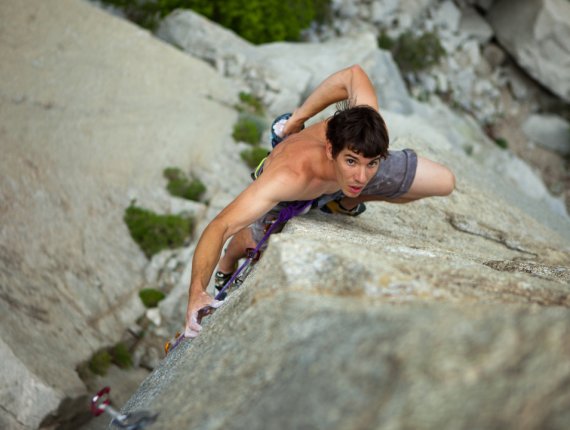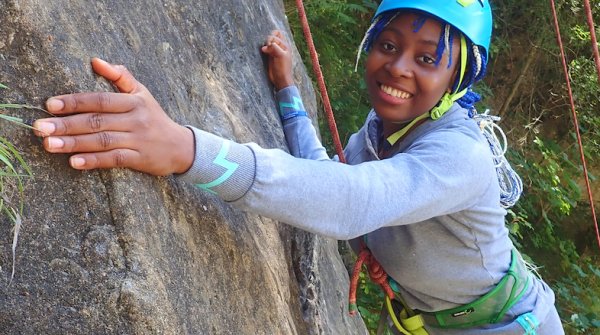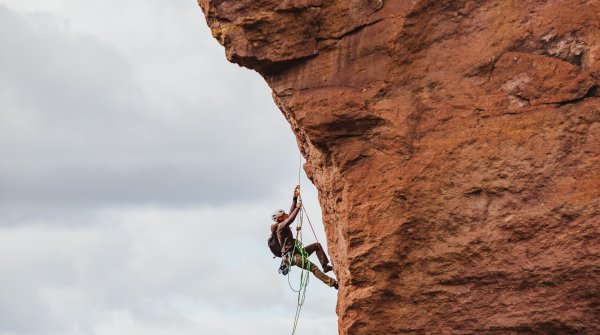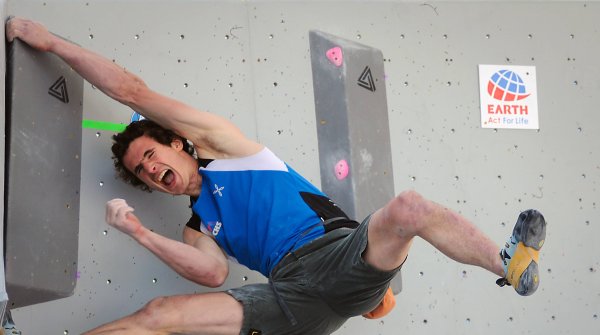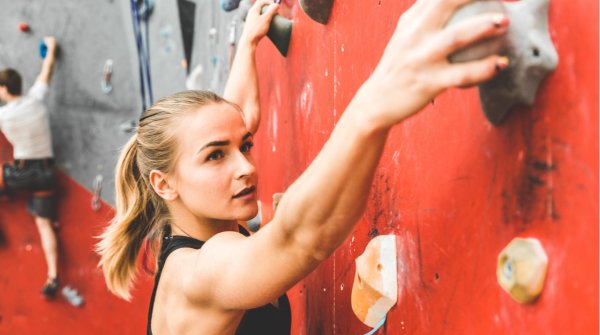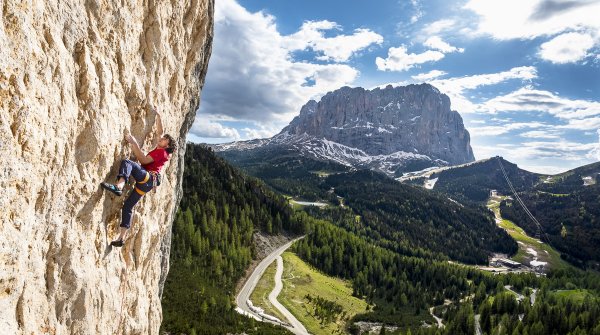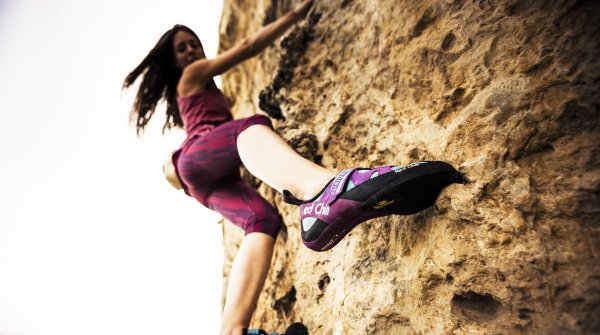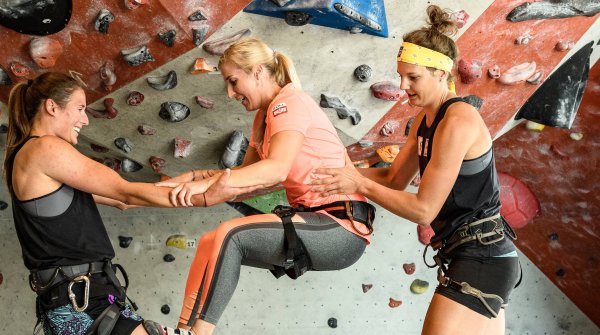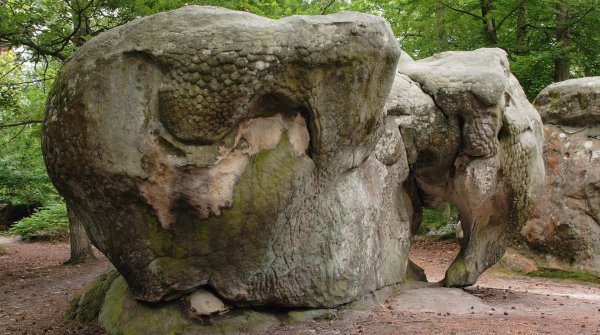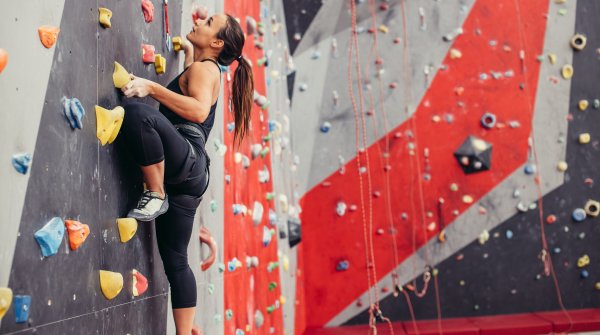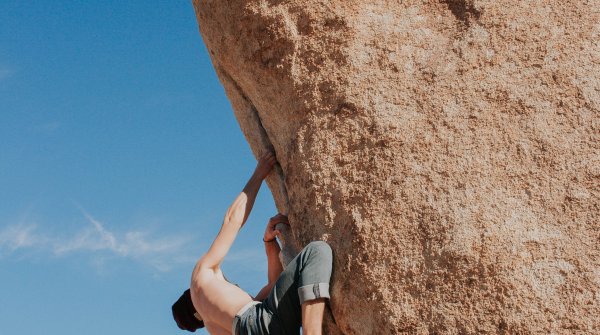Bouldering - A Sport That Challenges All the Senses
The term bouldering is derived from the English "boulder" for boulders. This already describes the discipline of climbing, because you move without a harness and rope on boulders in nature or on artificial climbing walls. Since not only physical fitness, but also mental strength is required, the trend sport of recent years is becoming more and more popular.
Besides to bouldering professionals, there are also more and more people who have discovered the sport for themselves in their free time.
Bouldering is a discipline from the climbing sport and means the movement at jumping height, and without a harness and rope, on boulders in nature or on appropriate artificial climbing walls in the hall. In contrast to traditional climbing, however, the new trend is much more strenuous; after all, it involves tackling demanding problems on the wall or rock with dynamic moves within a short period of time.
To cushion the jump or fall, you can find floors specially prepared with crash pads outdoors or lined with thick mats in halls.
On the bare rock in nature or on a specially created wall in the hall, bouldering challenges the ambition and is simply fun. Even beginners can easily get started, but should keep a few things in mind. As with many sports, it is essential to warm up well, preferably with exercises for the shoulders and arms. Another tip is to go easy on the muscles and instead get the power from the legs, keeping the arms extended. Then bring the body's centre of gravity into a vertical position and keep the body as close to the wall as possible. Last but not least, it's also about courage, namely the courage to take risks, which does not automatically mean rash actions.
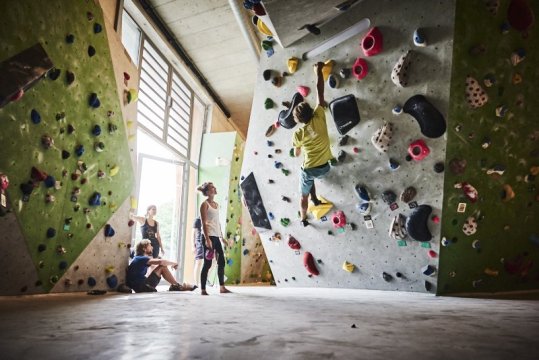
Boudlern is conquering the globe and making a name for itself as a full-body workout that challenges both body and mind.
What makes bouldering so special is the fact that it is an interplay of strength and aesthetics, but also dynamics. When you have your first successes and you boulder an intelligently constructed route, you will definitely want to do more, more difficult routes. The trend sport is also a communication opener, because it is interactive and opens the access to new acquaintances, climbing communities or even friends.
In addition, you can simply go bouldering whenever you feel like it, you don't need any great equipment and you are close to fitness even if you live in the city.
Today bouldering has its own world championship and especially in urban areas there are more and more bouldering gyms. The history of this climbing discipline goes back to the 19th century, when a French association of mountaineering associations formed to climb in the forests of Fontainebleau.
An important pioneer of bouldering was Piere Allain, who used soft-soled shoes to climb boulders in the 1930s. The triumphant advance, however, was initiated by John Gill, who from California in the 1950s for the first time consciously wanted to solve bouldering problems on the rock face and used magnesium for climbing. In 1969, bouldering was recognized as a discipline in its own right within the climbing sport, with Wolfgang Fietz from Nuremberg being considered the pioneer of bouldering in Germany.
You don't need any great equipment for bouldering, just make sure you choose the right shoes. The range is huge and hardly any other sport depends so much on the perfect fit. It's all about perfect power transmission, but also the safety aspect, which is mainly in the area of the sole. The fit should be tight, the material correspondingly thin, so that the right feeling for a safe step is guaranteed.
In many places bouldering is also called climbing at jumping height. This is because after climbing the rock or climbing wall, the climbers jump from the height in a controlled manner. This is one of the reasons why it is so popular. Because it is climbing sport with a calculable risk. The climbing height is a maximum of 4 meters, and in the hall a thick floor mat protects you when you jump up.
Further reasons are the year-round feasibility of the sport in the appropriate halls and the minimal financial expenditure. There are neither high purchase costs for the equipment nor for the entrance to the climbing halls, which more and more often have their own bouldering areas. There, different climbing challenges are color-coded, so that everyone can see at first glance which skill level requires which route.
There will be some new sports at the Summer Olympics in Tokyo 2021. One of them will be sport climbing. Greats like Alexander Megos and Adam Ondra will compete in Tokyo in August. These are the hard facts:
- Competition venue: Aomi Urban Sports Park
- Date of the competitions: 3 to 6 August 2021
- Format: Theclimbing competitions will take place as an "Olympic combination" in two rounds consisting of speed climbing, bouldering and difficulty climbing. The top 5 after the qualification round will reach the final round.
There are also critical voices about sport climbing at the Olympics. In general, however, the innovation is positively received, and dealers and manufacturers in the industry also want to profit from Olympia.
With the types of bouldering there is on the one hand the bouldering in the hall, which makes a practice of this climbing sport possible at any time of the year and in any weather.
Outdoor bouldering is when climbers go to natural boulders, but also free-standing granite blocks, to solve bouldering problems skillfully.
The so-called bouldering urban style takes place, as the name suggests, in the urban area. For example, walls of houses or bridge piers are climbed. This form of bouldering is also called buildering, although it should be noted that it is not allowed everywhere.
Free climbing, i.e. bouldering without any aids, is climbing that uses only hands or feet. The term free climbing means the completely free mastering of routes, whether on artificial climbing walls or rough rocks, whereby ropes and carabiners or friends or wedges may be used for fall protection. Free climbing is more or less an ehtic attitude in climbing and a certain way of climbing routes. The advantage of this form of climbing is that you have to improvise much more and can boulder according to your mood.
A very special form of bouldering is deep water soloing, where a possible fall of the climber is secured by very deep water. After all, this form of bouldering can go so far into airy heights that a safe jump is no longer possible. Therefore, strong nerves are required here, but also good reliable climbing partners.
In so-called flash & onsight climbing, the aim is to master a route without falling and on the first attempt. The climber starts at the starting hold and has reached the final boulder when he holds the climbing hold with both hands for at least three seconds. The condition for the flash is that the route is tackled for the first time. Copying tricks or climbing approaches from others is of course allowed, as is thinking about tactics beforehand.
Basically, flashing is a special kind of onsight climbing, where the boulderer has no information regarding the route and its complicated parts. The route may only be viewed from below before entry. What is important in this form of bouldering is a good feeling for the required movement sequences. In competitions there is mainly this onsight mode, as it increases the difficulty and gives valuable extra points if a flash succeeds.
To answer this question, you should pay attention to the difference between climbing and bouldering. Because the latter, unlike climbing, is a real community sport. If you are in a tricky spot when climbing, you are usually alone. In contrast, assistance or advice is much easier in bouldering due to the low height. Boulderers help each other with tips, fiddle together on the problem spots and cheer each other on. In between there might be a break on a crashpad and you enjoy being in nature together.
The closeness to nature is also something very special about bouldering. Just clear your head, move in the fresh air and in nature. This not only strengthens the muscles, but also sharpens the senses. Carefully conquering the pure landscape and creations of the elemental forces ensures that priorities shift and the focus shifts to the essentials.
